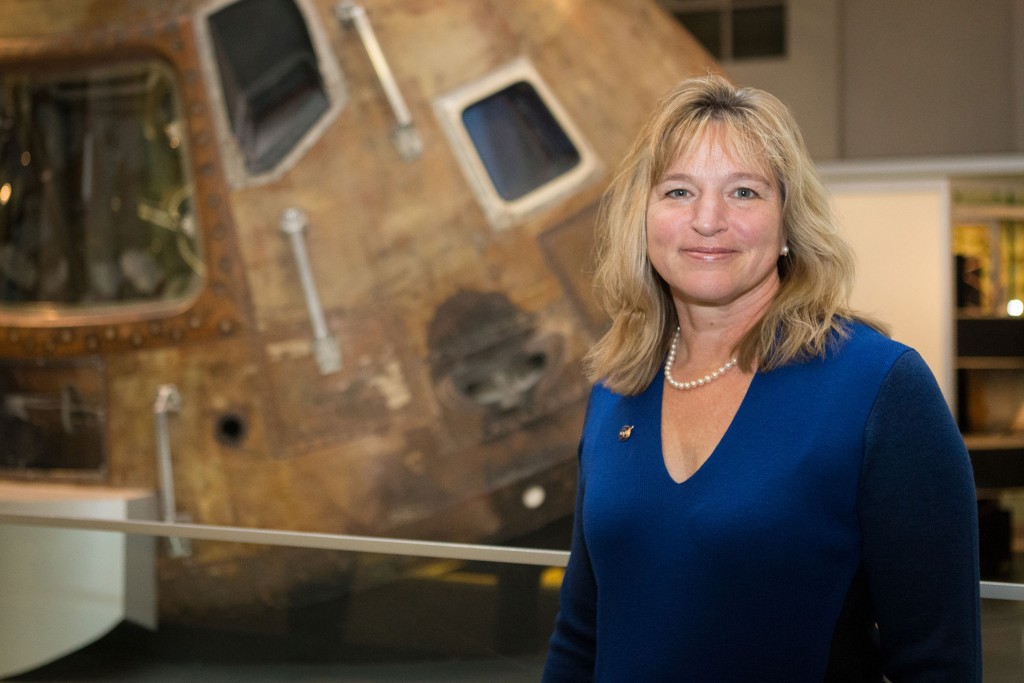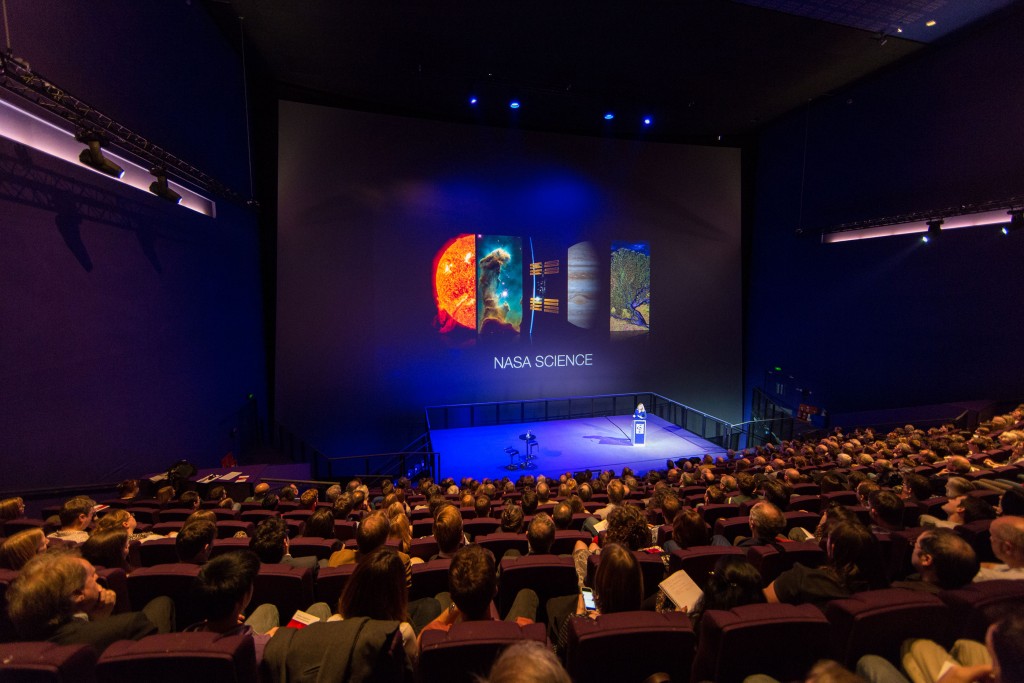Last Friday evening (14 November 2014), Dr Ellen Stofan, NASA’s Chief Scientist, gave the Campaign for Science and Engineering’s 24th Annual Distinguished Lecture (listen here). In front of a packed IMAX theatre at the Science Museum, Ellen took us through some of the extraordinary advances in science, technology and engineering resulting from exploration of space, and the challenges even now being worked on by scientists across the world driven by NASA’s journey to Mars.

One of the great unknowns for us here on Earth is whether we’re alone in the universe – NASA’s Journey to Mars mission is working to get closer to the answer. Why Mars? The obvious answer would be that it is our planetary neighbour but what makes it an exciting prospect in the search for life beyond earth – is water. Mars is marked all over with signs that water once persisted on the surface – the ragged surface on the red planet could be compared to some of the great geological masterpieces shaped by bodies of water over millennia here on Earth – and then in 2008 the Phoenix lander took a sample of ice.
How do we begin such a search? What next steps do we need to take?
Ellen began by highlighting the importance of international co-operation in order to achieve this grand goal of going to Mars. She outlined tremendous work already achieved through combined efforts – particularly noting the extraordinary Philae landing this month as well as the ongoing work through the International Space Station, saying that in her view such a collaboration is worthy of a Nobel Prize. Although they are extraordinary, exploration by rovers and landers is very slow and limited – having scientists on Mars would dramatically change the scope of exploration and the timescale of discoveries.

We heard of the science, engineering and technology challenges that NASA has mapped out and how they, along with international and commercial partners, are going about finding answers. Getting people safely landed on Mars (and back again!) is not possible, yet – but Ellen said she expects it to happen in the 2030s. To get there, the challenges range from how to safely land a heavy craft in a thin and changing atmosphere, and how to keep Mars clean from contamination by microorganisms from earth, to ensuring that astronauts not only survive the eight month journey and landing but are healthy and able to work once they arrive – for instance combatting the muscle wasting and bone density loss that usually occurs in microgravity.
Another challenge is making the mission as efficient as possible – mass affects everything. NASA astronauts are already able to recycle 80% of the water they use, but as Ellen said – don’t think about that for too long. Other challenges you might not think about straight away – such as making sure dust from Mars isn’t brought into the spacecraft. But when you think about it, at zero gravity dust could cause havoc! But perhaps the dust could be put to good use – with the developments in 3D printers a next step being investigated as part of the ‘in situ resource utilisation’ research is how to use Martian rock to manufacture spare parts, rather than having to transport powder manufactured on Earth.
In the post-lecture Q&A one of the questions was on the timescale of decisions on future missions and investments. This highlighted the disconnect between the short-term, politically driven timescales of public funding and the long-term nature of NASA projects – a challenge not unfamiliar to UK scientists.
And of course in order to achieve NASA’s mission to Mars, and meet the many other great challenges faced closer to home, we need young people with creativity and ambition to become the next generation scientists and engineers. Ellen was animated about importance of inspiring young people about science and certainly did her bit on Friday (I saw one little girl grinning ear to ear holding a shiny new NASA badge)!
It is hard to do justice to the inspirational talk given by Dr Stofan in the awesome IMAX theatre at the Science Museum, so I recommend listening to the audio recording of the lecture itself (here) and you will have to imagine it is accompanied by wonderful images that are 17m tall and literally out of this world.
A guest blog post from Nancy Williams, CaSE